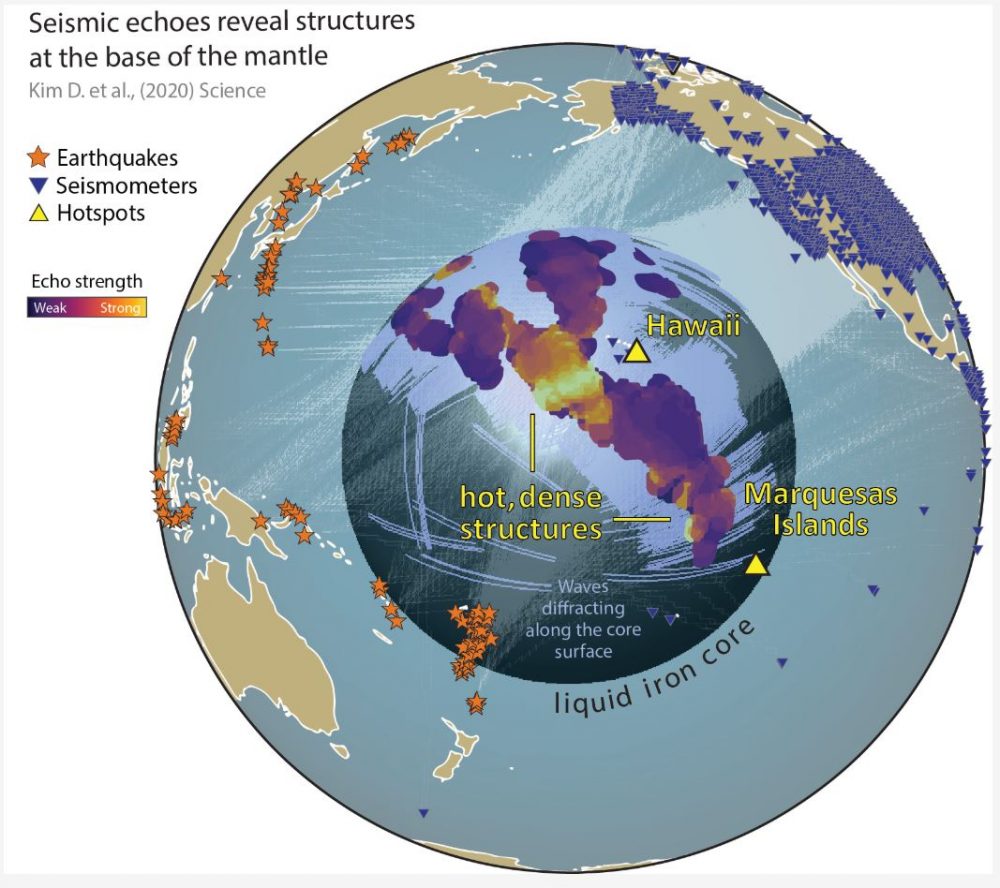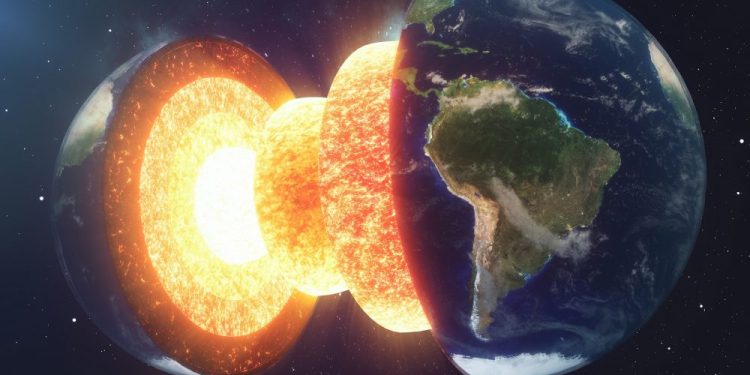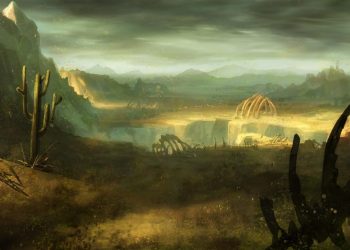To the surprise of many researchers, a thorough analysis of seismic echoes has revealed vast heterogeneous structures – areas composed of unusually dense, hot rock – at the boundary between the molten core and our planet’s solid mantle.
Scientists are uncertain of these structures’ composition, and previous studies have only provided limited insight into them. The study was published in the journal Science.
A better knowledge of their shape and size can help explain the geological processes that occur deep within our planet. In addition, this information may present clues to the functioning of plate tectonics and the evolution of our planet.
The new research, conducted by geophysicists at the University of Maryland, provides the first complete view of the core-mantle boundary over a wide area with such detailed resolution.
In the new study, the researchers’ team focused on the echoes of seismic waves traveling below the Pacific Ocean basin. Their analysis exposed a previously unknown structure underneath the Marquesas volcanic islands in the South Pacific. In addition, it determined that the structure beneath the Hawaiian Islands is far larger than previously identified.
“By looking at thousands of core-mantle boundary echoes at once, instead of focusing on a few at a time, as is usually done, we have gotten a totally new perspective,” explained the lead author of the study Doyeon Kim, a postdoctoral fellow in the UMD Department of Geology.
“This shows us that the core-mantle boundary region has lots of structures that can produce these echoes, which we didn’t realize before because we only had a narrow view.”
Earthquakes produce seismic waves beneath the Earth’s surface that travel across thousands of miles. When waves meet rock density, temperature, or composition variations, they change speed, bend, or scatter, producing echoes that sensitive instruments can detect.
Echoes from nearby structures arrive faster, while larger ones are stronger.
By measuring these echoes’ travel time and amplitude as they reach seismometers at different locations, scientists can develop models of the physical properties of rocks hidden below the surface. Scientists say this is similar to how bats echolocate to map their environment.
For this particular study, Kim and his colleagues looked for echoes generated by a specific type of wave, called the cutoff wave. This type of wave travels along the core-mantle boundary. In a recording of earthquakes, known as a seismogram, the echoes of the diffracted shear waves can be challenging to distinguish from random noise.

However, scientists can reveal similarities and patterns that identify hidden echoes in the data by looking at many earthquakes’ seismograms at once.
Using a Sequencer machine-learning algorithm, the researchers analyzed 7,000 seismograms from hundreds of magnitude 6.5 and higher earthquakes around the Pacific Ocean basin from 1990 to 2018.
The sequencer was developed by the co-authors of the new study of Johns Hopkins University and Tel Aviv University to discover radiation patterns from distant stars and galaxies. When applied to earthquake seismograms, the algorithm found a large number of shear wave echoes.
“We found echoes on about 40% of all seismic wave paths,” revealed co-author of the study Vedran Lekić, an associate professor of geology at UMD.
“That was surprising because we were expecting them to be rarer, and what that means is the anomalous structures at the core-mantle boundary are much more widespread than previously thought.”
What scientists found was surprising. First, they found that the large patch of very dense, hot material at the boundary between the core and mantle below Hawaii produced powerful echoes, indicating larger than previous estimates.
Known as Ultra Low-Speed Zones (ULVZ), these patches are located at volcanic plumes’ roots. The hot rock rises from the core-mantle boundary region and creates volcanic islands.
The ULVZ below Hawaii is the largest known. The researcher also revealed the existence of a previously unknown ULVZ below the Marquesas Islands.
“We were surprised to find such a big feature beneath the Marquesas Islands that we didn’t even know existed before,” Lekić added.
Join the discussion and participate in awesome giveaways in our mobile Telegram group. Join Curiosmos on Telegram Today. t.me/Curiosmos











